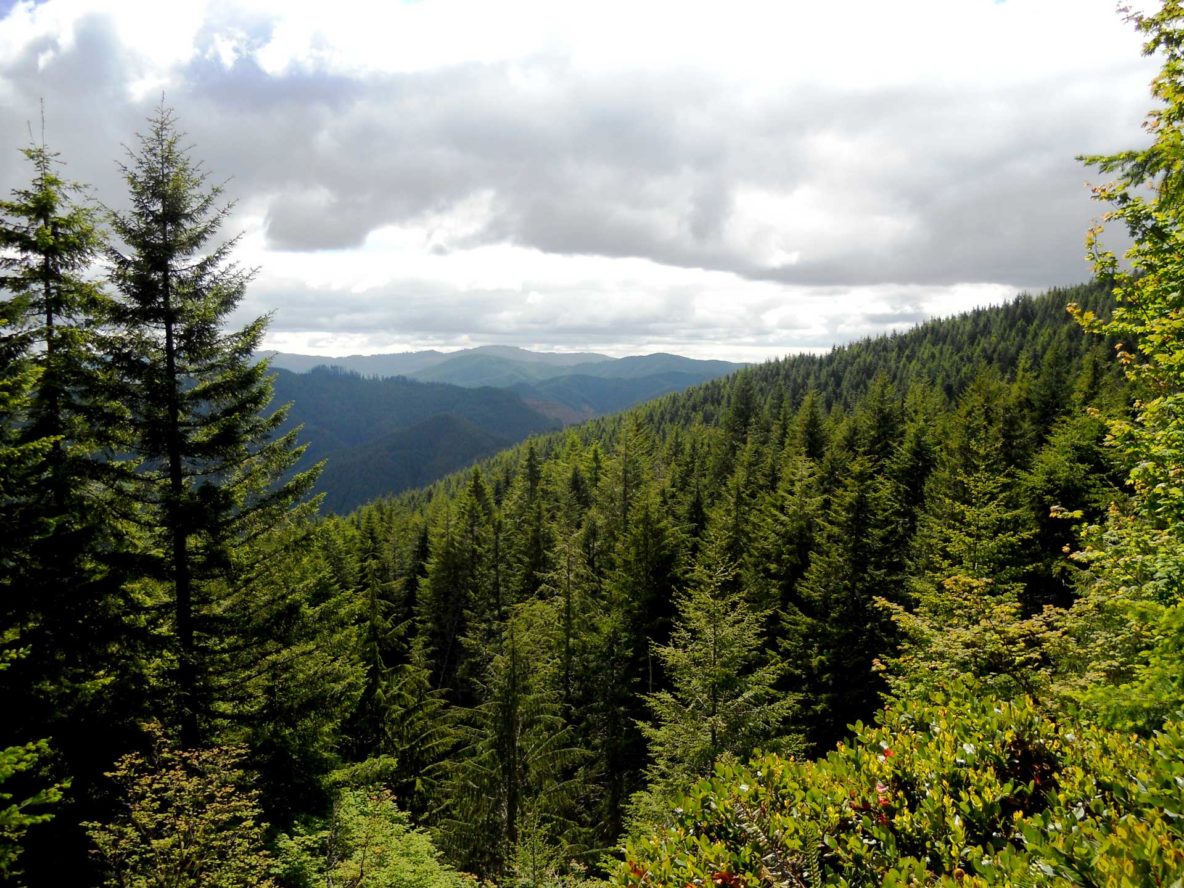The fishers are back in Washington, but are they here to stay? That was the question on the minds of scientists as they ventured into the South Cascade Mountains recently in search of the fisher, which is a large member of the weasel, mink and otter family.
A team led by the Washington Department of Fish and Wildlife and the U.S. Fish and Wildlife Service began reintroducing fishers to the South Cascades in 2015 after the animal disappeared from Washington in the mid-1900s because of overtrapping and habitat loss.
Forest landowners have also played a critical role in the fisher’s recovery. Dozens of forest landowners signed agreements to monitor any fishers that venture on their property and to not disturb the animals. The agreement, called a Candidate Conservation Agreement with Assurances (CCAA), gave the landowners regulatory certainty in the event that the fisher is listed as threatened under the Endangered Species Act.
Ken Christensen, a producer for KCTS public television in Seattle, tagged along recently as Washington DFW scientists traveled deep into the Cascades to see how the fishers are doing.
The scientists fan out among the trees, analyzing trunks for signs of a fisher. They look for discolored bark where the fisher’s claws chipped off chunks of the tree. They inspect branches for tufts of fur. They find their first clue piled on a log at the base of the tree.
“They love taking poops on logs,” (says DFW biologist Jeff Lewis), withdrawing a plastic sandwich bag from his pocket.
Looking up, he points to another promising feature: a crack near the top of the tree. It looks big enough to shelter a female fisher and her young. It’s also small enough to keep out predators like bobcats.
“It might be the den,” Lewis says, squinting up. “Or it could just be a nice hole in a tree.”
There’s one way to find out. They strap motion-sensor cameras throughout the clearing. They’ve planted these camouflaged cameras from Mount Rainier to the Columbia River, yielding few results.
One camera was set off by a branch blowing in the wind. Another revealed images of a small squirrel darting back and forth across the frame. Weeks later, one of the cameras aimed at Lilly’s den site tells a different story: The first frame shows two white dots glowing in the darkness: eyes.
“It’s basically a brown blob,” says Tara Chestnut, an ecologist at Mount Rainier National Park. She notes that it could be a raccoon. Or a baby black bear.
But the brown blob eventually reveals itself: A female fisher, running down the side of the tree. But the scientists are looking at the two dark smudges extending from its mouth against the pixelated tree trunk: a smaller fisher’s legs.
“A baby’s legs,” Lewis says.
Scientists say the sighting of a baby fisher was encouraging.
For most people, it would still resemble a brown blob. But for these scientists, it’s the first piece of evidence suggesting that the fishers could survive in the Cascades.
It’s also encouraging sign for the next leg of the reintroduction project. They plan to release another 80 fishers in Washington State’s North Cascades next year.
“It doesn’t mean it’s ultimately successful, but it’s a step in the (right) direction,” Lewis said.
And, for the Pacific Northwest, it may be a step backward, he says — to a wilder time in its past.
